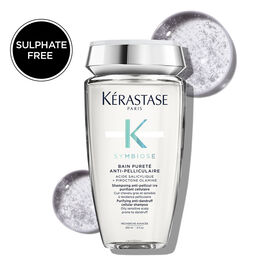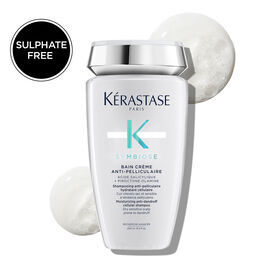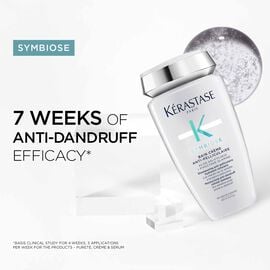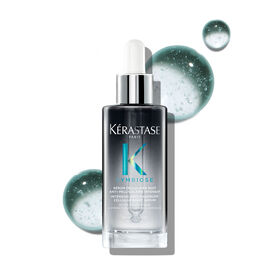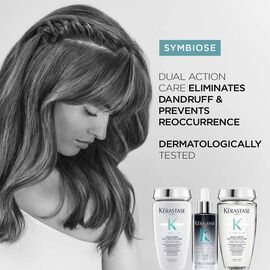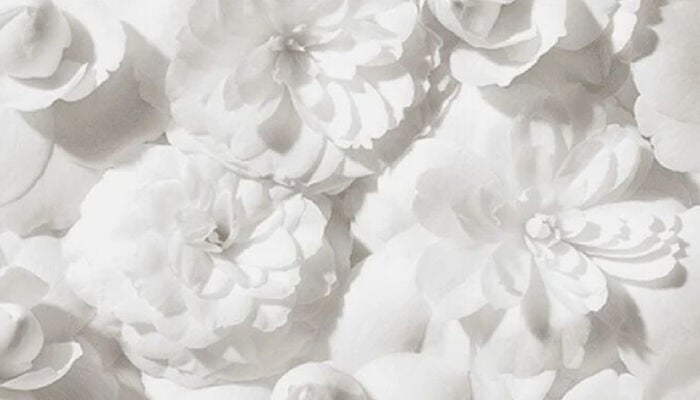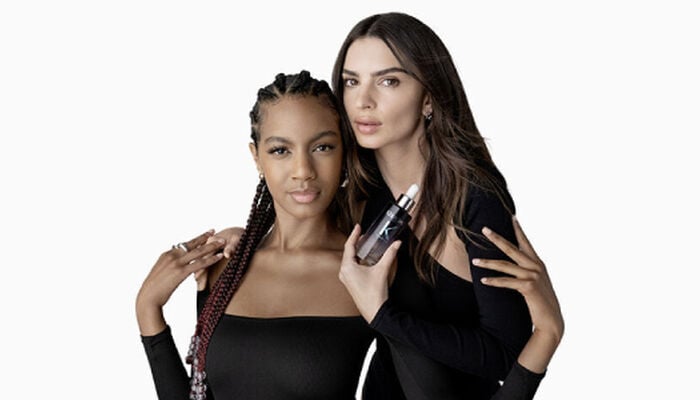
All You Need To Know About Dandruff: Causes,
Effects & Treatment!
Have you ever experienced those pesky white flakes making an unscheduled appearance on your favourite black shirt, or perhaps on your shoulders during an important meeting? Dandruff, a scalp issue affecting millions, has a knack for showing up uninvited and causing quite a stir. But don’t worry, because in this comprehensive guide, we'll tell you everything you need to know about dandruff!
What Is Dandruff?
Dandruff, is a scalp condition marked by the shedding of dead skin cells. These flakes, often noticeable on dark clothing or between your hair, are typically the result of the scalp's natural process of shedding dead skin cells. However, in dandruff, this process becomes extreme, resulting in more visible and frequent flaking. Plus, dandruff doesn’t just cause flakes to fall, it can also leave the scalp red, irritated and oily. If your scalp is irritated enough for you to itch it a lot, you could damage the scalp. That’s why it’s best to get to the root of the problem and get things under control. Read ahead to learn more about the causes of dandruff and the best way to get rid of it.
Causes Of Dandruff
There are various known triggers, so if you are dealing with unwanted dandruff, then it could be due to any of the following causes:
1. Seborrheic Dermatitis
This common skin condition is one of the major reasons for dandruff. It causes red, greasy skin covered with flaky white or yellow scales, mainly affecting oily areas like the scalp, eyebrows, and sides of the nose.2. Fungal Growth
A yeast-like fungus called Malassezia is often found on the scalp. In some cases, this fungus can multiply excessively, irritating the scalp and triggering the excess shedding of skin cells, which leads to dandruff.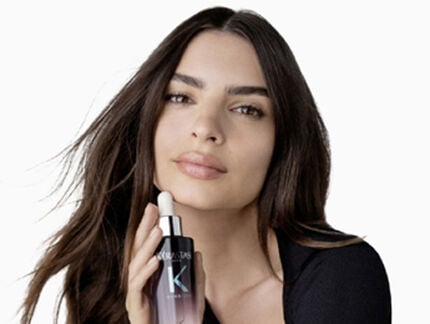
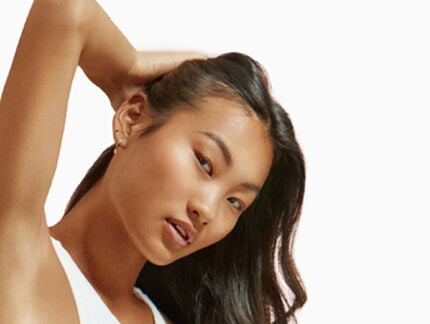
3. Dry Skin
When the scalp becomes excessively dry, it may flake and peel, resulting in dandruff. This condition is particularly common during winter when the air is dry and lacks moisture.4. Sensitivity To Hair Products
Certain hair products, particularly those with harsh chemicals or ingredients that irritate the scalp, can cause dandruff-like symptoms in some people.5. Health Conditions (Psoriasis, Eczema)
Chronic skin conditions like psoriasis or eczema can also affect the scalp, leading to redness, itching, and dandruff.So, before we go on to find the best way to get rid of dandruff, let’s try to understand the dandruff effects on your scalp and hair health.
What Are The Symptoms Of Dandruff?
1. Itching & Irritation
Dandruff often brings along an insatiable urge to scratch the scalp due to irritation caused by the flaking skin. The persistent itching can be uncomfortable and distracting, leading to further inflammation and discomfort.
2. Redness & Inflammation
The constant scratching can cause the scalp to become inflamed and appear red. Inflamed skin is more sensitive and prone to further irritation, creating a cycle of itching and inflammation.
3. Psychological Impact (Low Self-Esteem)
The visible flakes can negatively impact an individual's self-esteem. Constantly worrying about the appearance of dandruff or dealing with the embarrassment of flakes falling onto clothing in social situations, at times, may lead to feelings of self-consciousness and under-confidence.
4. Impact On Hair Health
Dandruff doesn't just affect the scalp; it can impact hair health too. Excessive flaking and itching may cause hair breakage or thinning.
How To Treat Dandruff?
Here are easy yet effective dandruff solutions to abide by:
1. Using A Good Anti-Dandruff Shampoo
Using shampoos that are specifically formulated for hair concerns such as dandruff shampoo for oily scalp balances serum production, helps reduce flakes, soothes discomfort, and keeps the scalp feeling fresh and hydrated.
You must look for shampoos containing active ingredients that can help reduce dandruff. Opt for gentle, lightweight yet foaming formulas designed to eliminate dandruff while preventing excess oil accumulation and comforting a dry scalp.
2. Dandruff Treatment
Pair the shampoo with an anti-dandruff treatment that can eliminate dandruff at a quicker rate. Look for an anti-dandruff hair serum containing salicylic acid, piroctone olamine and bifidus that help the scalp to breathe freely. These ingredients target all dandruff causes and help achieve a healthier scalp without visible flakes.
3. Balanced Diet & Hydration
Maintaining a balanced diet rich in essential nutrients and staying adequately hydrated is crucial for overall scalp health. You must consume foods high in omega-3 fatty acids, vitamins, and zinc. Drinking plenty of water also helps hydrate the scalp and reduce dryness.
4. Regular Hair Washing
Frequent washing with a shampoo for dandruff helps remove excess oil and dead skin cells, preventing the accumulation of flakes. However, try to avoid excessive washing as it can dry out the scalp, worsening dandruff.
Remember that consistency is key with these anti-dandruff treatments. So, wave goodbye to those unwanted flakes and get a revitalised, dandruff-free scalp with the Kérastase hair care range of some of the best shampoos to get rid of dandruff. You can also head to the Kérastase Hair Quiz tool to discover the perfect routine tailored for you in just two minutes. This online professional hair quiz will analyse all your answers and preferences to recommend the right products for your hair concerns. What are you waiting for?
Frequently Asked Questions
Products You May Like
